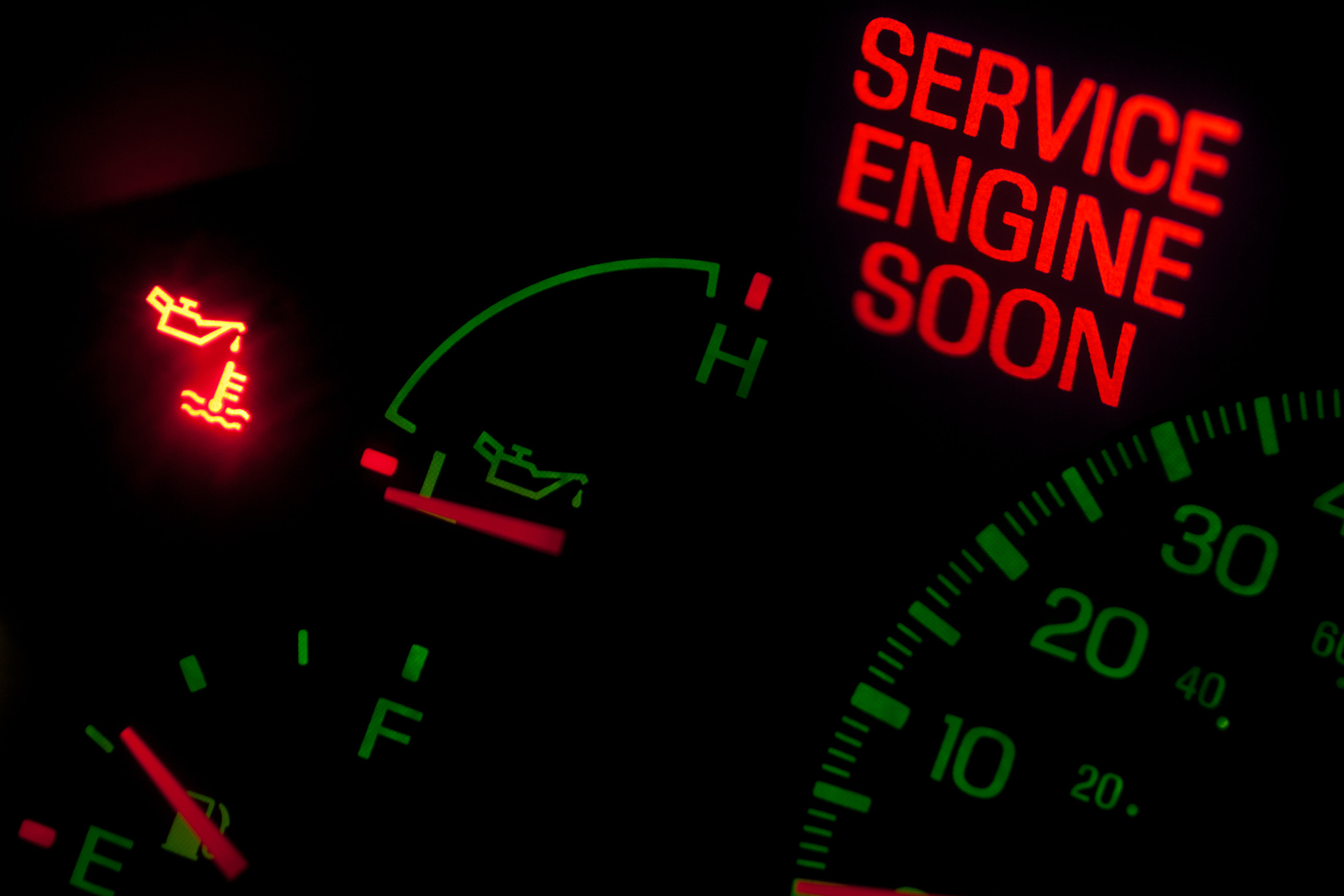
Many vehicle breakdowns that occur could have been prevented with regular maintenance. Many components of the engine and auxiliary systems wear down over time, and having them inspected periodically can help avoid small problems, that lead to big problems. Having these components inspected is called a tune-up, and you need to have one done every 3 years or 30,000 miles, whichever comes first. A tune-up should be about much more than replacing spark plugs, and you’ll know you’ve found a good mechanic shop when their checklist of tune-up items is long and well-rounded.
Here is a basic idea of the tasks that should be completed at a tune-up:
-
Change the Fuel Filter: If the fuel filter becomes too dirty, it can get clogged and restrict your engine’s fuel supply. It can also allow a buildup of impurities in the engine, which can damage the moving parts.
-
Change the Air Filter: An old air filter restricts the amount of oxygen being drawn in by the engine, which hurts performance, efficiency, and the overall life expectancy of your engine.
-
Replace Spark Plugs and Inspect Wires: A misfiring spark plug leads to a malfunctioning cylinder, which means that a whole section of your engine is not doing its job. Spark plugs need to be replaced periodically, and the wires leading to them do too.
-
Inspecting and Replacing Belts: Depending on the type of car you have, there are various types of belts that facilitate movement of the parts. These belts dry out and crack over time, which will eventually lead to a damaging break. All of the belts in your car need to be inspected for wear and tear at every tune-up.
-
Test and Replace the Distributor Cap, Rotor and Coils: The distributor and its components regulate the amount of high voltage energy running to your cylinders. It does this through a spinning and arcing motion, which causes wear and tear over time. The distributor cap and rotor usually need to be replaced at each tune-up, and all other components need to be inspected and possibly replaced.
- Battery Maintenance: When you unexpectedly find that your car won’t start, the battery is often the culprit. Tune-up time is the perfect opportunity to double check that it’s still holding a proper charge, that connections are clean, and that fluid levels are right.
-
Replace O2 Sensors: Your car needs the right mix of fuel and oxygen to run efficiently, and a faulty O2 sensor can throw things off balance. This sensor needs to be replaced periodically.
-
Replace PCV Valve: This little trap door allows a build-up of gasses to exit the engine, making room for clean oxygen. A faulty PCV valve can cause oil leaks and buildup in the engine.
Not all of these components will need to be replaced every time you have a tune-up, but they should all be inspected to ensure that your car is in top running condition. Any oversights could lead to costly repairs later on.
Related Posts
As an EV owner, understanding your vehicle's battery is critical. From its capacity to its lifespan, and everything in between, we'll guide you through what you need to know to optimize your EV experience. So buckle up and get ready - we're about to shed some light on the electrifying world of EV batteries. What [...]
If your car is running hot, it can be a sign that something’s not right with your engine. Fortunately, diagnosing the cause of an overheating engine isn't too difficult if you know what to look for and how to address it. Keep reading if you want to learn the most common issues that occur when [...]
Your vehicle's exhaust system serves a critical role in managing the byproducts of the combustion process and ensuring optimal engine performance. The appearance of colored smoke from the exhaust pipe, either when stationary or accelerating, can provide valuable clues to underlying mechanical issues. What is a car exhaust? A car exhaust is a system [...]



